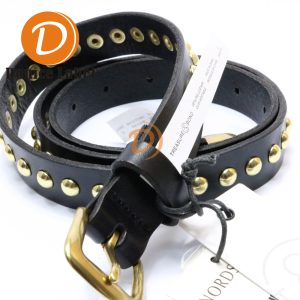Clothing care labels for private labels
Clothing care labels for private labels are essential for any fashion brand or manufacturer looking to provide clear, reliable care instructions while also establishing a professional and branded identity. These labels are an integral part of the garment, offering guidance on how to properly maintain clothing for longevity, and also reinforcing your brand’s image. Custom care labels ensure that your customers have the best experience with your products, from purchase to washing.
Why Choose Clothing Care Labels for Private Labels?
Brand Identity and Professionalism
Custom clothing care labels give your garments a professional finish. Including your private label logo on the care label reinforces your brand’s identity and adds a touch of quality and craftsmanship. It’s an effective way to distinguish your products from competitors and build brand loyalty.
Clear Care Instructions
Private label clothing care labels provide important washing, drying, and ironing instructions that help customers keep their garments in excellent condition. These labels help reduce the risk of product damage from improper washing, which can lead to customer dissatisfaction and returns.
Compliance with Regulations
In many countries, it’s legally required to include fabric content, care instructions, and country of origin on all clothing. By using custom care labels, you ensure compliance with these laws, protecting your brand from potential legal issues and ensuring your products meet industry standards.
Sustainability and Eco-Friendly Options
Private label care labels can be made from eco-friendly materials such as organic cotton, recycled polyester, or biodegradable fabrics. Sustainable options help your brand align with consumer preferences for eco-conscious products and enhance your brand’s image as an environmentally responsible business.
Benefits of Clothing Care Labels for Private Labels
Brand Consistency
Clothing care labels with your private label logo allow for consistent branding across your entire collection. This consistency strengthens your brand’s presence and helps consumers easily recognize your products in the marketplace.
Customer Satisfaction
Properly labeled care instructions ensure that customers can care for their garments effectively. Clear, easy-to-understand labels help reduce the likelihood of garment damage due to incorrect washing or drying methods, leading to higher customer satisfaction.
Increased Perceived Value
High-quality, custom care labels convey a sense of attention to detail and professionalism. This can elevate your products in the eyes of consumers, potentially justifying a higher price point and increasing perceived value.
Environmental Benefits
With growing consumer interest in sustainable fashion, eco-friendly care labels allow your brand to take part in the global movement towards sustainability. Offering biodegradable, recyclable, or organic fabric labels signals to your customers that your brand cares about the planet.
How to Design Clothing Care Labels for Private Labels
Material Choice: Opt for high-quality materials that suit your brand’s needs. Woven labels are often seen as more luxurious, while printed labels are a more affordable and flexible option for mass production. Eco-friendly materials like organic cotton and recycled polyester are great choices for environmentally conscious brands.
Logo and Branding: Place your private label logo on the care label to reinforce your brand identity. Choose fonts and colors that align with your overall branding to create a cohesive look across all your clothing lines.
Care Instructions: Include clear, concise washing, drying, and ironing instructions using universally recognized symbols. This helps customers easily understand how to care for their garments and ensures your products stay in good condition.
Eco-Friendly Practices: If sustainability is a key part of your brand, consider using eco-friendly inks (such as soy-based) and fabrics (like organic cotton or recycled polyester) to create your clothing care labels. These sustainable choices help minimize your environmental footprint.
Size and Placement: Ensure the label is sized appropriately to include all necessary information without overcrowding the design. The placement of the label should be discreet but easily accessible to the consumer—typically inside the garment, near the neckline or side seam.
Showing the single result
